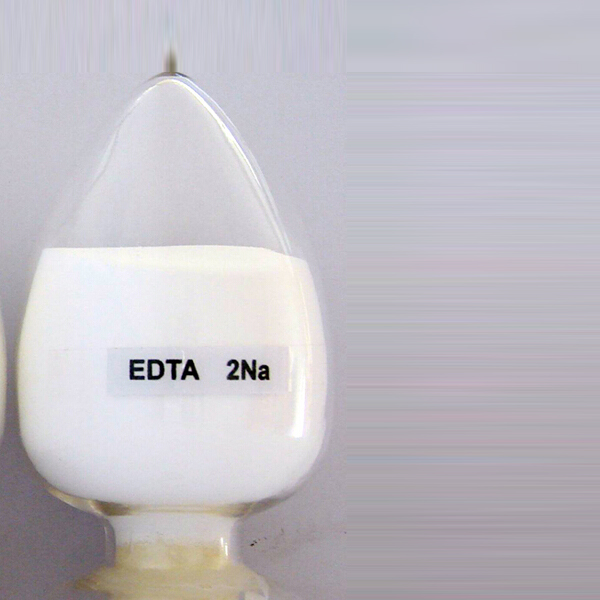
News
Nov . 24, 2024 03:07 Back to list
Optimization of EDTA Concentration as a Chelating Agent in OEM Applications
The Role of OEM EDTA Concentration as a Chelating Agent
In the realm of chemistry and industrial applications, chelating agents play a pivotal role in various processes, particularly in metal ion stabilization and removal. Among the most widely studied chelating agents is Ethylenediaminetetraacetic acid (EDTA), particularly in its OEM (Original Equipment Manufacturer) concentrations. This article explores the significance of EDTA concentration, its applications, advantages, and considerations for its use.
Understanding EDTA
EDTA, a versatile chelating agent, was first synthesized in the 1950s and has since become widely used due to its ability to bind with metal ions. Its molecular structure allows it to encircle metal ions such as calcium, magnesium, lead, and iron, forming stable complexes. This property is particularly beneficial in applications ranging from agriculture to medicine, where metal ion control is crucial.
Importance of Concentration in Chelation
The effectiveness of EDTA as a chelating agent is strongly influenced by its concentration. At optimal concentrations, EDTA can effectively sequester metal ions, preventing undesirable reactions and toxicity. For instance, in agricultural applications, EDTA is used to enhance nutrient availability in soils by chelating essential micronutrients, thus ensuring plants can absorb them efficiently.
Conversely, insufficient concentrations may lead to suboptimal binding, allowing free metal ions to interact with other compounds, potentially resulting in toxicity or nutrient lockout. Therefore, determining the appropriate OEM EDTA concentration is crucial for achieving desired outcomes in various processes.
Applications of EDTA in Various Industries
1. Agriculture In agriculture, EDTA is commonly used to treat metal deficiencies in crops. By chelating micronutrients such as iron, zinc, and copper, EDTA improves nutrient solubility and mobility, directly impacting crop yield and health.
2. Water Treatment EDTA is employed in water treatment processes to remove heavy metals from wastewater. By binding to toxic metals like lead and cadmium, EDTA facilitates their removal, helping to detoxify industrial effluents.
3. Medical Uses In medicine, EDTA is utilized in chelation therapy, particularly for lead poisoning. Patients are administered EDTA, which binds to lead in the bloodstream and facilitates its excretion through urine.
oem edta concentration chelating agent

4. Cosmetics and Personal Care EDTA is also used in cosmetic formulations to stabilize products by preventing metal ion-induced degradation. Its effectiveness as a preservative enhances product longevity and safety.
Advantages of Using EDTA
The use of OEM EDTA concentrations offers several advantages
- High Stability EDTA forms stable complexes with a wide range of metal ions, which helps maintain a consistent and controlled environment in various applications.
- Effective Metal Ion Removal Its strong binding ability allows for the efficient removal of toxic metals, contributing to safer environments and healthier products.
- Nutrient Availability In agriculture, enhanced EDTA concentrations can significantly improve the availability of essential nutrients, leading to better crop growth.
Considerations and Challenges
Despite its numerous benefits, the use of EDTA also poses certain challenges. The environmental impact of EDTA is a consideration, as its persistence in soil and water can lead to unforeseen ecological consequences. Moreover, high concentrations of EDTA may interfere with beneficial metal ions in biological systems, disrupting their normal functions.
To mitigate these risks, manufacturers and researchers must establish guidelines for optimal concentrations that maximize efficacy while minimizing potential hazards. Continuous research is essential to develop alternative chelating agents that are more environmentally friendly and equally effective.
Conclusion
The concentration of OEM EDTA as a chelating agent is a crucial factor that determines its effectiveness across various industries. Understanding its role and the impacts of different concentrations can help in optimizing its use in agriculture, water treatment, medical applications, and more. As the demand for efficient and safer solutions increases, EDTA will continue to play a significant role in industrial and environmental chemistry, provided that its application is approached with caution and responsibility.
-
Polyaspartic Acid Salts in Agricultural Fertilizers: A Sustainable Solution
NewsJul.21,2025
-
OEM Chelating Agent Preservative Supplier & Manufacturer High-Quality Customized Solutions
NewsJul.08,2025
-
OEM Potassium Chelating Agent Manufacturer - Custom Potassium Oxalate & Citrate Solutions
NewsJul.08,2025
-
OEM Pentasodium DTPA Chelating Agent Supplier & Manufacturer High Purity & Cost-Effective Solutions
NewsJul.08,2025
-
High-Efficiency Chelated Trace Elements Fertilizer Bulk Supplier & Manufacturer Quotes
NewsJul.07,2025
-
High Quality K Formation for a Chelating Agent – Reliable Manufacturer & Supplier
NewsJul.07,2025
